Japan is a land full of contrasts, where ultramodern cities stand alongside ancient temples, and snowy mountains meet quiet coastal villages. One of the best ways to make the most of your trip is to follow a travel route. These routes help you see the country’s highlights without feeling rushed, thanks to Japan’s excellent rail and road networks.
Most travellers spend around one to two weeks in Japan. Using a route is a helpful way to combine famous spots with hidden gems. Below, you’ll find some of the most common travel routes, from the iconic Golden Route to more offbeat paths.
Classic Routes
The Classic Golden Route
Tokyo → Hakone / Mt Fuji → Kyoto → Osaka ± Nara / Hiroshima
The Golden Route is the most popular itinerary, especially for first-timers. It strikes a great balance between vibrant cities, cultural treasures, and natural beauty, usually over 7 to 10 days.
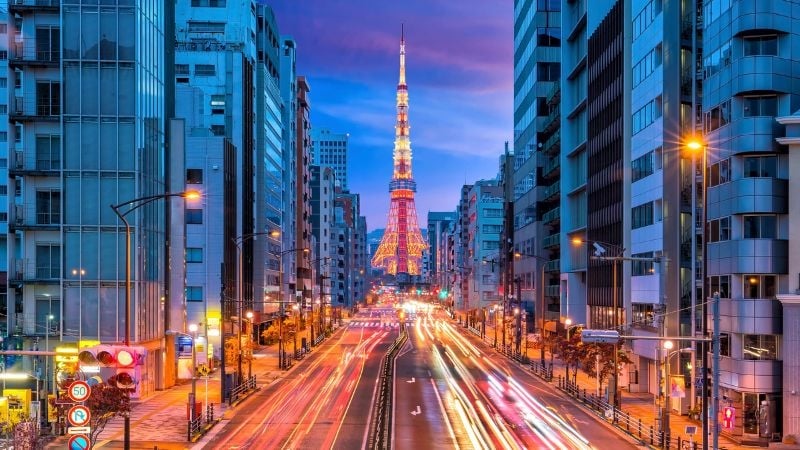
Image credit: f11photo via Canva Pro
Start with 3 to 4 days in Tokyo. Explore busy neighbourhoods like Shibuya and Harajuku, visit historic shrines such as Meiji Jingu, and take a stroll around the peaceful Imperial Palace gardens. For food lovers, fresh sushi at Tsukiji Market or hearty ramen in Ikebukuro are not to be missed.
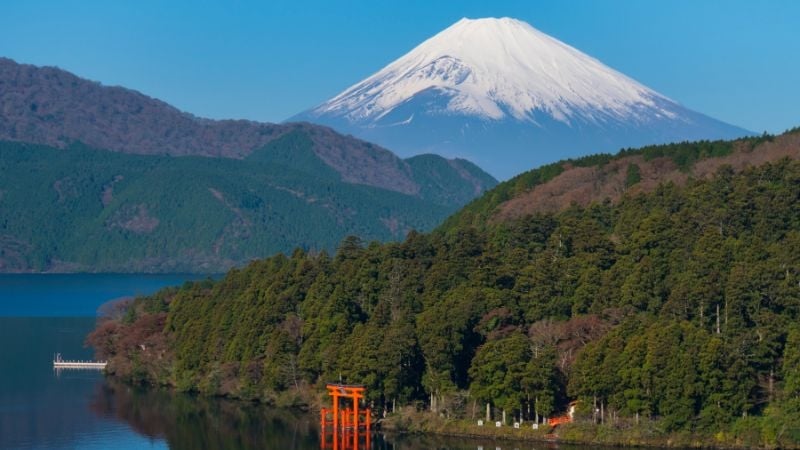
Image credit: oluolu3 via Canva Pro
Next, spend 1 to 2 days near Hakone or the Fuji Five Lakes area. This is your chance to unwind in hot springs while enjoying stunning views of Mt Fuji. You can also take a scenic boat cruise on Lake Ashi or visit the Open-Air Museum, where art meets nature.
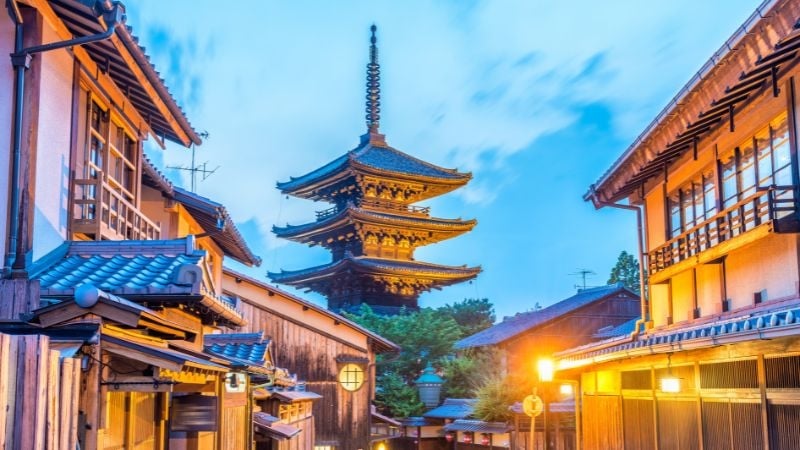
Image credit: Gagliardi Photography via Canva Pro
Afterwards, head to Kyoto for 2 to 3 days, where iconic temples like Kinkaku-ji and Fushimi Inari await. Wander through the bamboo groves in Arashiyama and the historic streets of Gion, soaking up the city’s timeless atmosphere.
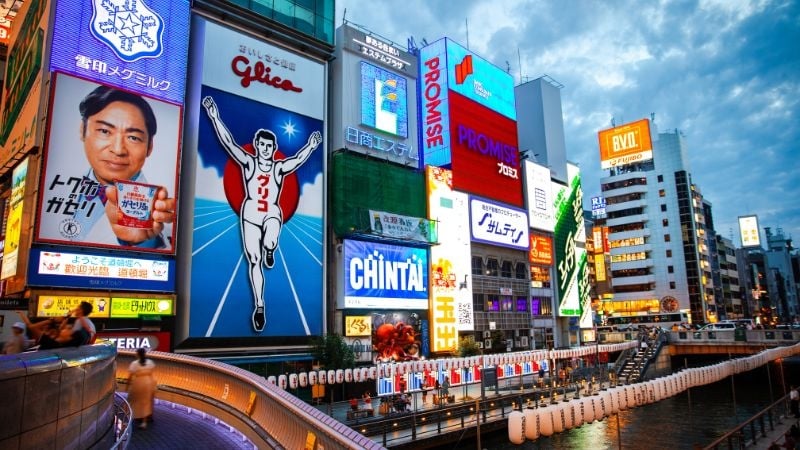
Image credit: Marco_Piunti via Canva Pro
Finally, spend 1 to 2 days in Osaka, famous for its lively street food scene and vibrant nightlife. If time allows, take day trips to Nara to see the friendly deer park, or to Hiroshima’s Peace Memorial Park for a poignant visit.
The New Golden Route
Tokyo → Kanazawa → Toyama and Tateyama Kurobe Alpine Route → Kyoto
For travellers who want to escape the crowds but still enjoy stunning scenery, the New Golden Route offers a refreshing alternative via the Hokuriku Shinkansen.
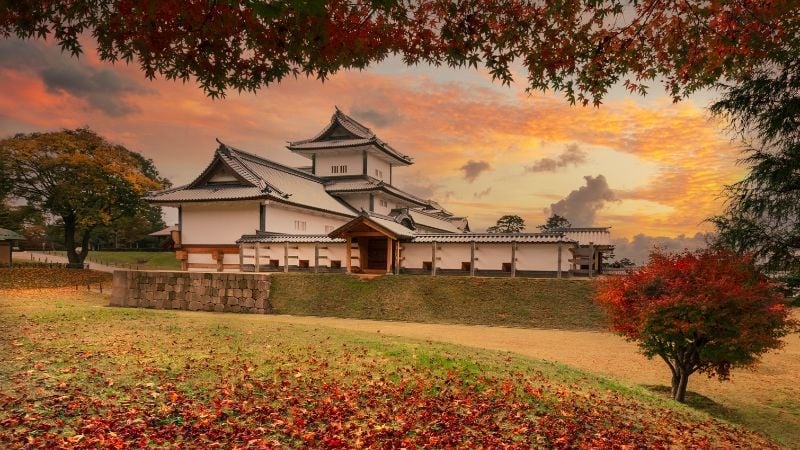
Image credit: nataliyahora via Canva Pro
Begin with 2 to 3 days in Tokyo, then travel to Kanazawa. Spend around 2 days exploring Kanazawa’s beautifully preserved samurai districts, strolling through Kenroku-en Garden, and sampling fresh seafood at Omicho Market.

Image credit: Leung Cho Pan via Canva Pro
Then, dedicate 2 days to the Tateyama Kurobe Alpine Route. This spectacular mountain journey combines cable cars, funiculars, and trolleybuses, passing landmarks like the impressive Kurobe Dam. In spring, the towering snow corridor walls are a real highlight.
Finish your trip with 2 to 3 days in Kyoto, where you can explore temples, gardens, and traditional culture at a more relaxed pace.
Walking routes: Nakasendō & Kumano Kodo
For travellers who prefer a slower pace, Japan offers historic walking routes that blend nature and culture.
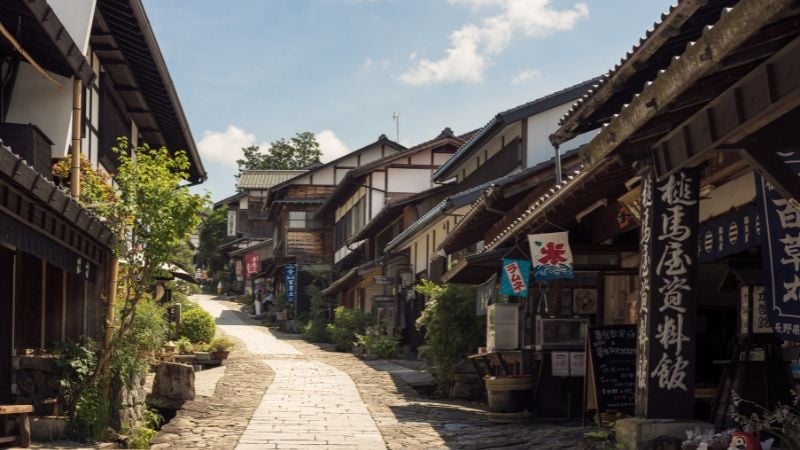
Image credit: BenLevyPhotography via Canva Pro
The Nakasendō Trail is an old highway linking Edo (Tokyo) and Kyoto. You can spend 2 to 4 days walking selected sections between preserved post towns like Magome, Tsumago, and Narai. These towns offer traditional inns, local eateries, and beautiful mountain scenery.
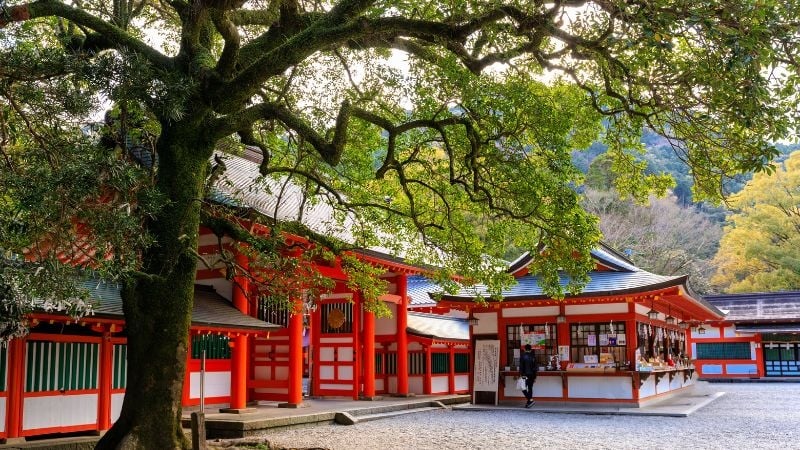
Image credit: Stephane Bidouze via Canva Pro
The Kumano Kodo pilgrimage routes on the Kii Peninsula are another option, with 3 to 5 days of hiking through ancient forests, rural villages, and spiritual shrines. The trails connect the three grand Kumano shrines and provide a deeply peaceful and cultural experience.
Along both routes, you can enjoy staying in local inns and soaking in hot springs, making the journey even more memorable.
Scenic Themed Routes
Tateyama Kurobe Alpine Route
Toyama → Kurobe Dam & Alpine Passages → Nagano
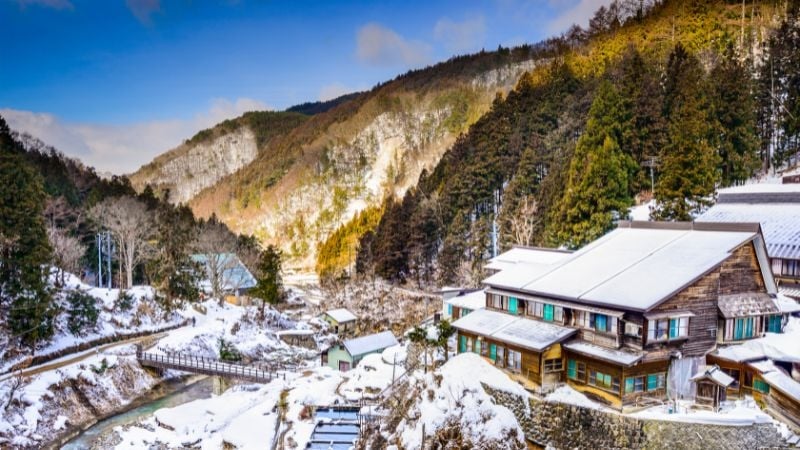
Image credit: SeanPavonePhoto
As previously mentioned, this remarkable 1 to 2-day journey takes you across the Northern Japan Alps using a series of cable cars, trolleybuses, and ropeways. The route runs from Toyama through mountain passes to Nagano, offering spectacular views.
Japan Romantic Road
Utsunomiya → Nikkō → Kusatsu → Karuizawa → Ueda
Inspired by Germany’s Romantic Road, this 320 km route takes 3 to 5 days to explore by car or local transport.
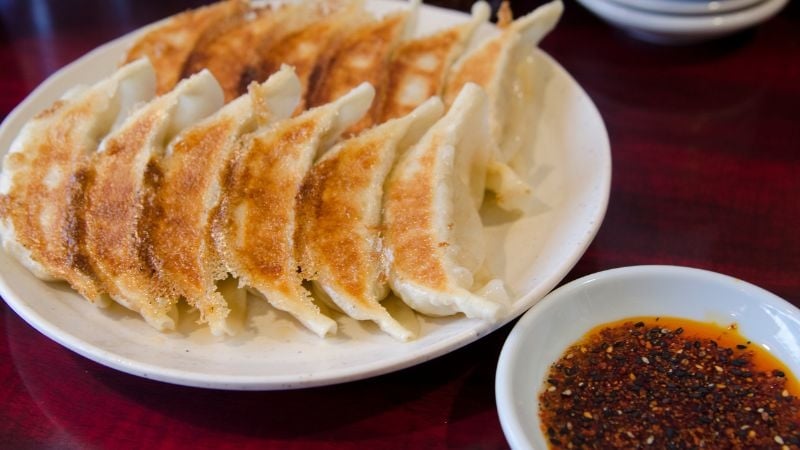
Image credit: GI15702993 via Canva Pro
The journey starts in Utsunomiya, often called Japan’s gyoza capital. Here, you can enjoy a variety of delicious pan-fried dumplings at local specialty restaurants. The city also offers parks and cultural sites that make a pleasant stop before heading further along the route.
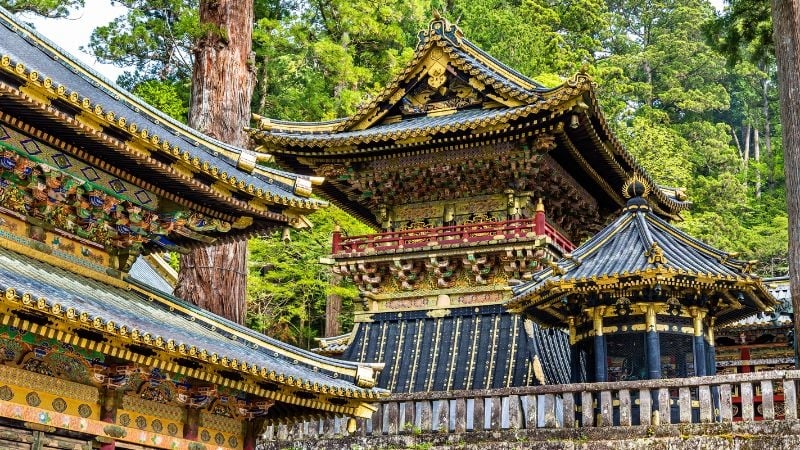
Image credit: Leonid Andronov via Canva Pro
Next is Nikkō, famous for its UNESCO World Heritage shrines set among towering cedar trees. The ornate Tōshō-gū Shrine, dedicated to Tokugawa Ieyasu, is the highlight. Beyond the temples, the surrounding national park features scenic waterfalls and peaceful lakes, creating a perfect mix of culture and nature.
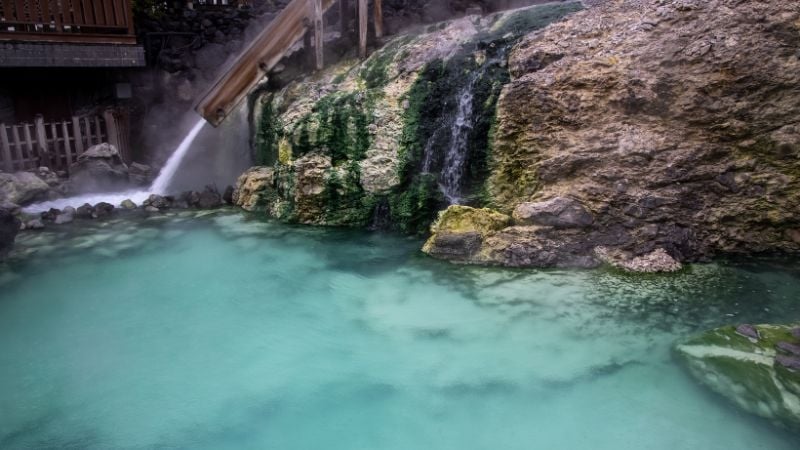
Image credit: HIROSHI_H via Canva Pro
From there, Kusatsu awaits, one of Japan’s best-known hot spring towns. Its sulphuric waters are believed to have healing qualities, and the traditional Yumomi water-tossing performance adds charm to the visit. Walking the town’s historic streets and soaking in an outdoor onsen is a wonderfully relaxing experience.
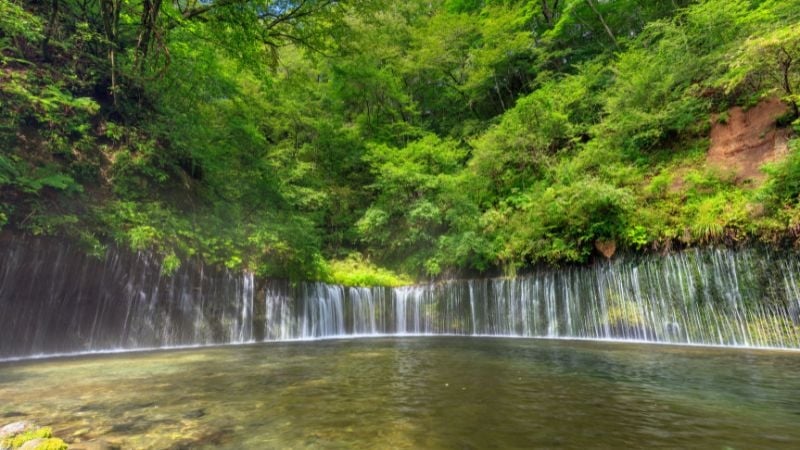
Image credit: Norimoto via Canva Pro
Karuizawa comes next, a stylish mountain resort loved for its mild climate and chic boutiques. It’s a popular escape for Tokyo residents seeking fresh air and nature. Visitors can cycle through scenic parks, stop by quaint cafes, or visit nearby natural wonders like Shiraito Falls.
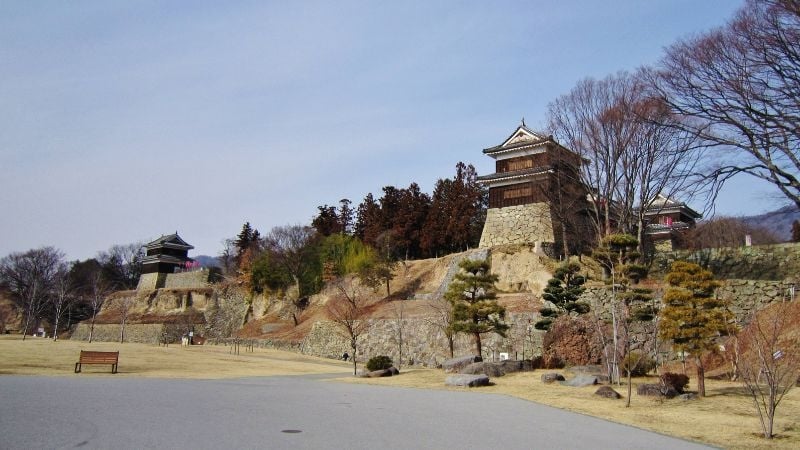
Image credit: Qurren | Wikimedia
Finally, the route ends in Ueda, a city rich in samurai history. Here you can explore Ueda Castle and the Sanada Treasure Museum, learning about the famous Sanada clan. The surrounding countryside offers peaceful hiking trails and seasonal flower displays, rounding off the journey on a tranquil note.
4. Off-the-Beaten-Track Circuits
Kyushu Loop
Fukuoka → Beppu → Kumamoto → Nagasaki ± Yakushima
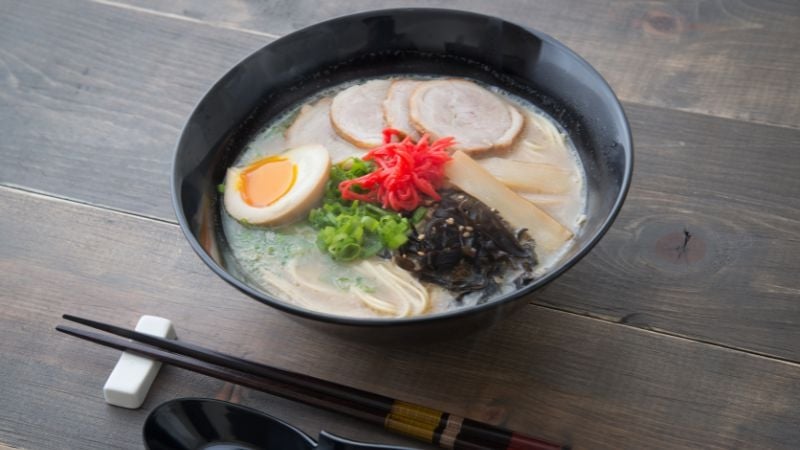
Image credit: ahirao_photo via Canva Pro
Begin your Kyushu adventure in Fukuoka, a lively city famous for its food scene. Hakata ramen is a must-try, and the bustling Nakasu district comes alive after dark. Nearby, Ohori Park and Kushida Shrine provide green spaces and historic charm.
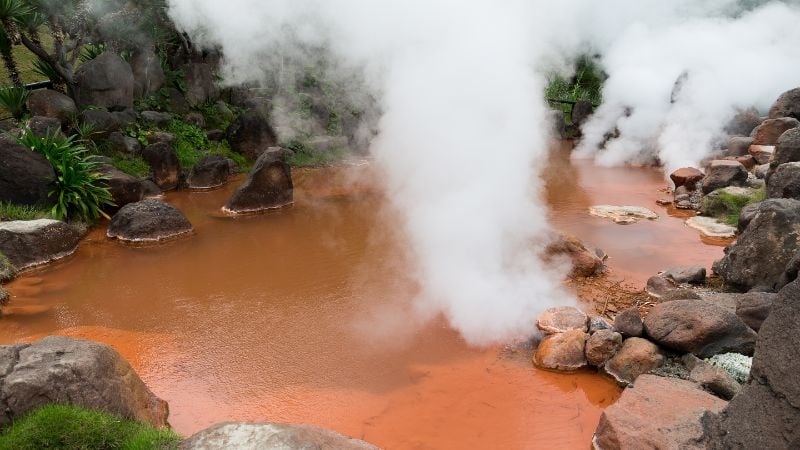
Image credit: Leung Cho Pan via Canva Pro
Next, visit Beppu, a town renowned for its hot springs and unique “hells”; dramatic geothermal vents with steaming pools in vivid colours. Aside from sightseeing, relaxing in an onsen bath here is a memorable experience.
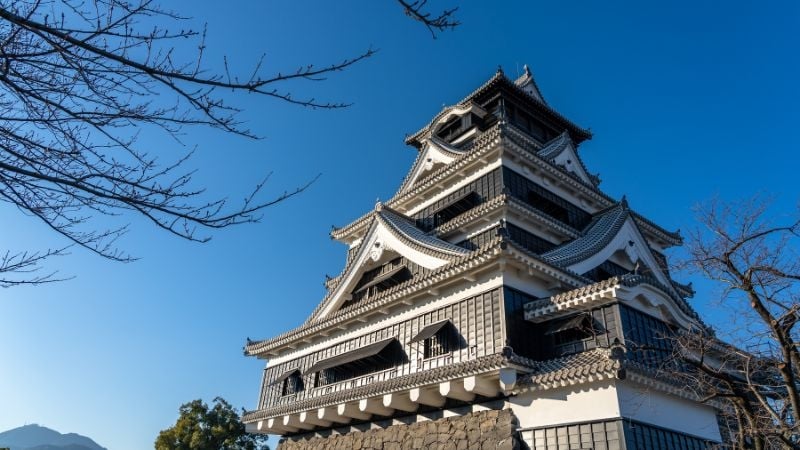
Image credit: Shawn.ccf via Canva Pro
From Beppu, travel to Kumamoto, best known for its impressive castle, one of Japan’s most beautiful. The castle has been undergoing restoration after the 2016 earthquakes. The city itself is laid-back, with charming cafes and parks where you can unwind.
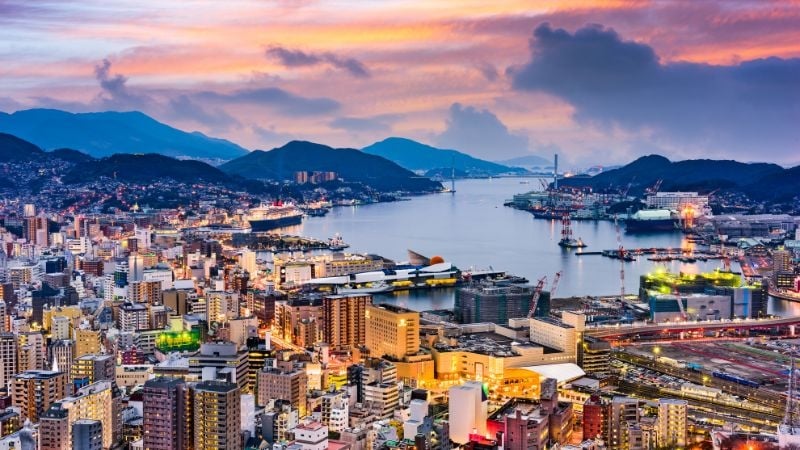
Image credit: Sean Pavone via Canva Pro
Then head to Nagasaki, a city shaped by a mix of Japanese, Dutch, Portuguese, and Chinese cultures. Visit the Peace Park and Atomic Bomb Museum for a moving experience. Take in harbour views from Mount Inasa and explore the historic Dejima island, once Japan’s only window to the West.
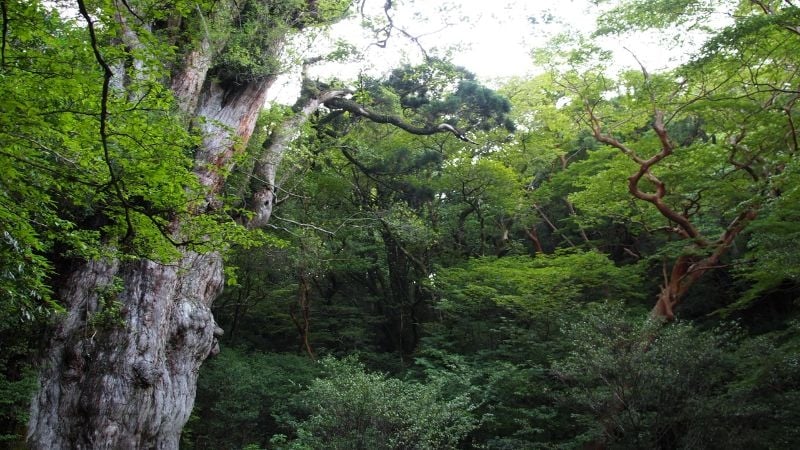
Image credit: Tsuyoshi_Kaneko via Canva Pro
For nature lovers, Yakushima Island is a worthwhile detour. It’s famous for ancient cedar forests, including the 7,000-year-old Jōmon Sugi tree. The island offers pristine hiking trails and abundant wildlife, all within a UNESCO World Heritage setting.
Tohoku & Hokkaido Loop
Sendai → Aomori → Hakodate → Sapporo ± Furano / Biei
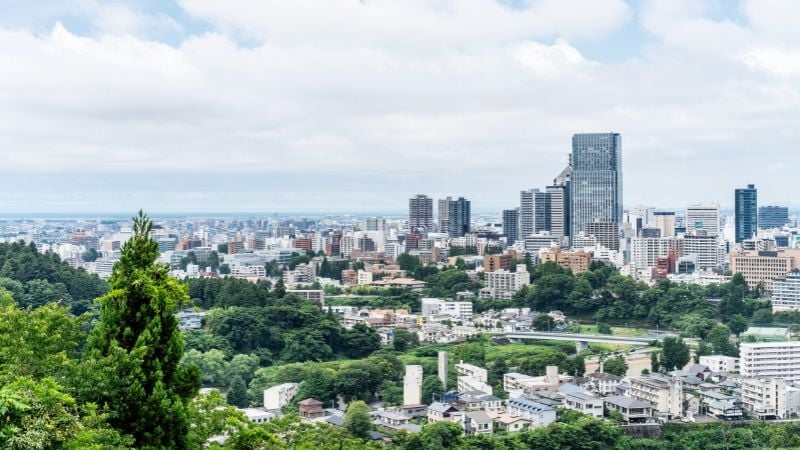
Image credit: voyata via Canva Pro
Begin in Sendai, the largest city in the Tohoku region, known as the “City of Trees.” The city centre is vibrant with shopping and dining, while the ruins of Sendai Castle provide panoramic views. Nearby, Matsushima Bay, dotted with pine-covered islets, is famed as one of Japan’s top scenic spots.
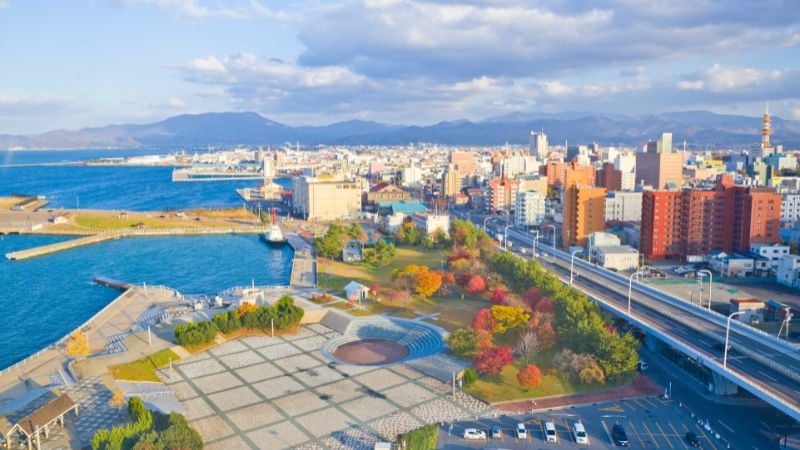
Image credit: thanyarat07 via Canva Pro
Next, travel to Aomori, renowned for the Nebuta Festival featuring giant illuminated floats and lively music. The city is surrounded by apple orchards, and the Nebuta Museum WA RASSE lets you experience the festival year-round. Don’t miss the nearby Oirase Gorge and Lake Towada for stunning natural beauty.
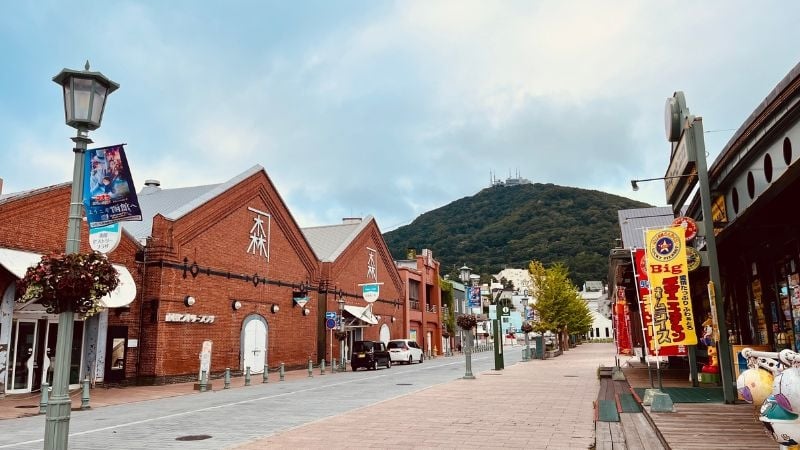
Image credit: suba-t-suba via Canva Pro
Cross into Hokkaido with Hakodate, a charming port city. The morning market is perfect for fresh seafood breakfasts, and the cable car ride up Mount Hakodate offers one of Japan’s best night views. The city’s red-brick warehouses and Western-style buildings recall its international past.
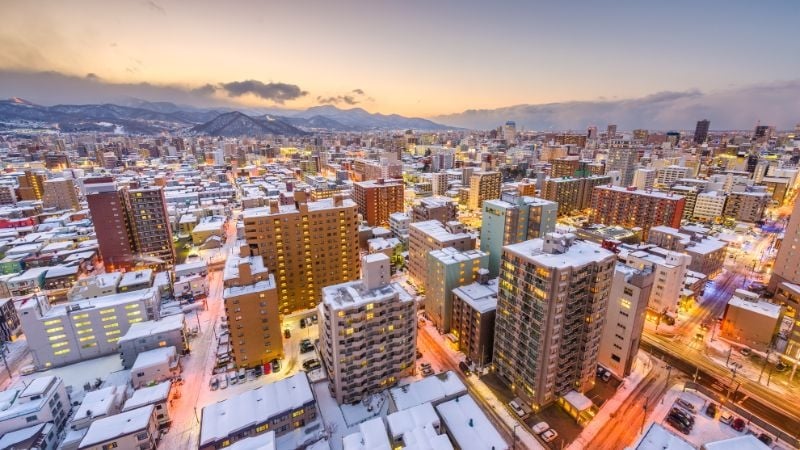
Image credit: Sean Pavone via Canva Pro
Sapporo, Hokkaido’s capital, blends city comforts with nature access. It’s famous for its Snow Festival and miso ramen, as well as nearby ski resorts like Niseko. The city has vibrant shopping, dining, and brewery tours to enjoy year-round.
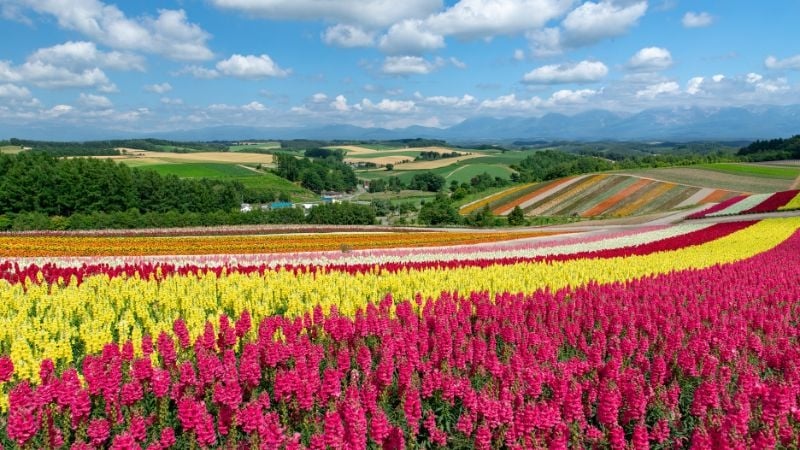
Image credit: 5279210107801613 via Canva Pro
Finally, Furano and Biei offer peaceful landscapes of rolling hills and famous flower fields. Lavender blooms in summer, creating picture-perfect scenes. The patchwork countryside is ideal for cycling and photography.
Travel far and free
Japan’s travel routes offer something for every kind of traveller. Whether it’s your first visit or your fifth, following one of these routes will help you experience the best the country has to offer. They provide a flexible framework to build your own pace and style of travel, combining culture, nature, and history.




